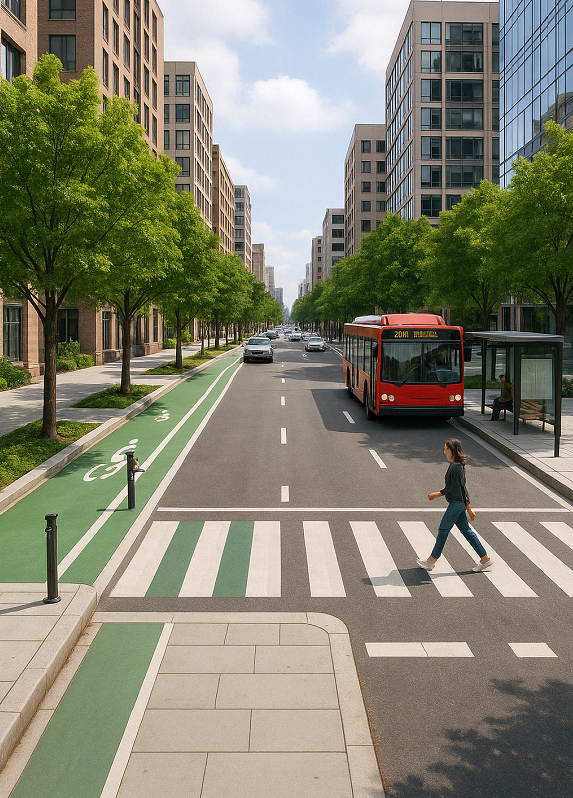
The layout and features of roads play a major role in influencing traffic safety. Traffic engineers evaluate roadway conditions and apply design standards that enhance safety across all modes of transport.
Complete streets are designed to accommodate various forms of travel, including walking, cycling, and public transit. These streets often include sidewalks, bike lanes, pedestrian crossings, and accessible transit stops. Traffic engineers promote complete streets to ensure roadways serve a broader range of users and reduce the risk of collisions involving non-motorized travelers.
Engineers consider the needs of pedestrians and cyclists in every phase of design. This includes the placement of crosswalks, installation of refuge islands, and creation of protected bike lanes. Separation between motor vehicles and vulnerable users helps reduce crash risk. Traffic engineers also implement shorter crossing distances and enhanced visibility at intersections to support pedestrian safety.
Traffic control devices regulate the flow of vehicles and guide user behavior. Proper installation and maintenance of these devices contribute to a predictable and safer traffic environment.
Signs and pavement markings communicate essential information to drivers. Engineers ensure that signage is placed at correct intervals, visible under different conditions, and consistent with recognized standards. Markings on road surfaces such as lane dividers, arrows, and stop lines help organize traffic and indicate right-of-way.
Traffic signals are used to manage conflicts at intersections. Engineers study traffic volumes, crash histories, and pedestrian activity before determining signal placement. Signal timing plans are developed to balance safety and efficiency. Special features such as pedestrian countdown timers, leading pedestrian intervals, and protected left-turn phases improve intersection safety.
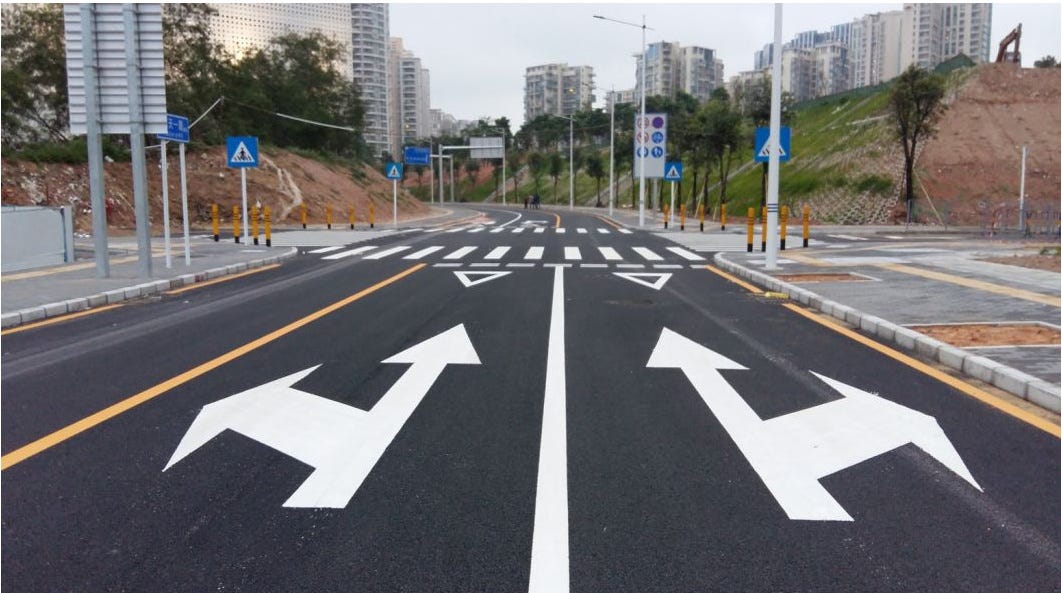

Speed is a significant factor in the severity of crashes. Traffic engineers use a range of methods to regulate vehicle speeds and ensure they align with roadway function and surrounding land use.
Speed limits are determined through engineering studies that evaluate traffic flow, road geometry, and crash history. Traffic engineers apply speed-setting criteria to match the driving environment and align with established speed limit policies. In urban areas, lower speed limits are often applied to protect pedestrians and cyclists. Signs are posted to inform drivers and encourage compliance.
Physical features such as speed humps, raised crosswalks, curb extensions, and chicanes are used to slow traffic. These devices are common in residential zones, school areas, and other locations with high pedestrian activity. Engineers select the most effective measures based on road conditions, traffic volumes, and community input.
Engineering solutions are most effective when combined with public awareness. Traffic engineers support educational efforts that promote safe behavior and responsible road use.
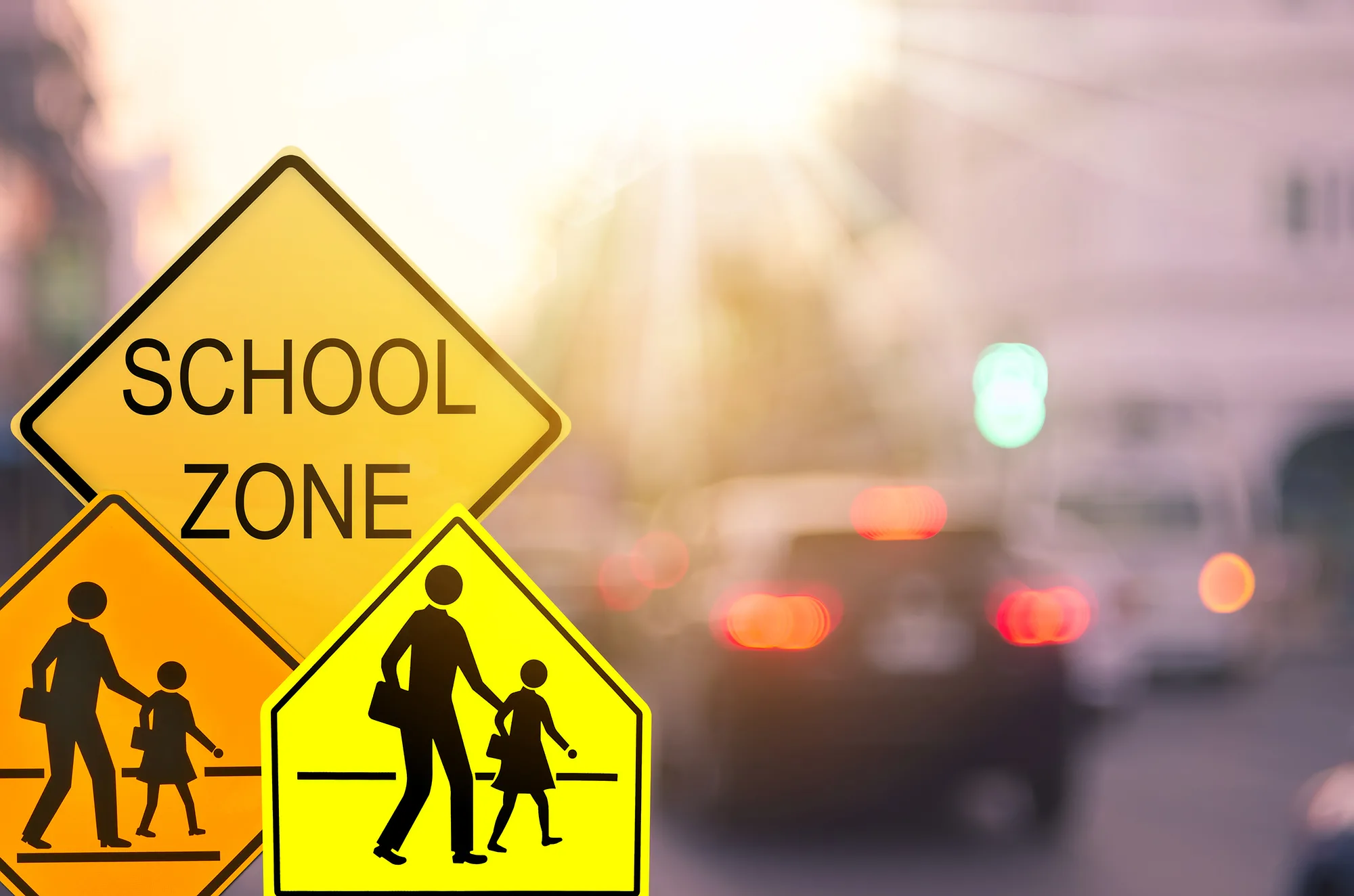
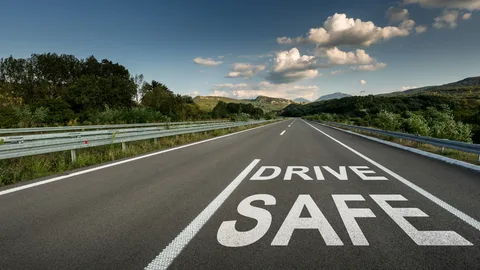
Public campaigns inform drivers, cyclists, and pedestrians about rules of the road, common hazards, and best practices. Topics include distracted driving, speeding, impaired driving, and pedestrian right-of-way. Engineers work with transportation departments and safety organizations to develop content and distribute it through media, schools, and community events.
Traffic engineers study how design influences user behavior. Certain features, such as wide lanes or long sight distances, may encourage speeding. Others, such as narrowed lanes or textured pavements, promote caution. Engineers use behavioral analysis to adjust designs in ways that encourage safer actions.
For example, removing unnecessary turning lanes can reduce crossing distances for pedestrians and lower the number of conflict points. Narrower lanes in urban areas can reduce average vehicle speeds without the need for enforcement. These adjustments are guided by observations of how drivers and pedestrians respond to different design elements.
Numerous studies support the effectiveness of traffic engineering interventions in improving safety. Engineers use before-and-after analysis to measure the results of changes made to infrastructure and control systems.
A citywide conversion to protected bike lanes may show a drop in bicycle-related crashes. The introduction of pedestrian countdown timers at busy intersections often leads to fewer pedestrian injuries. Similarly, replacing stop-controlled intersections with modern roundabouts has resulted in reduced crash frequency and severity in multiple jurisdictions.

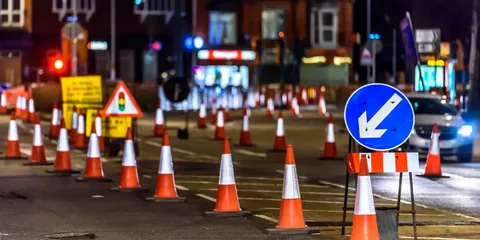
The collection and evaluation of such data allow engineers to refine practices and apply the most effective solutions in future projects.
Traffic engineers promote safer traffic conditions through careful planning, infrastructure design, and collaboration with other stakeholders. They implement road designs that protect vulnerable users, apply control devices that organize traffic movement, and introduce speed management measures that match the local context. Their work is supported by research on user behavior and performance metrics from completed projects. Through these efforts, traffic engineers play a central role in reducing injuries and fatalities on roadways.
I provide attorneys and insurance adjusters in Mesa, AZ with the technical expertise they need in cases involving traffic accidents, roadway design, and traffic control.